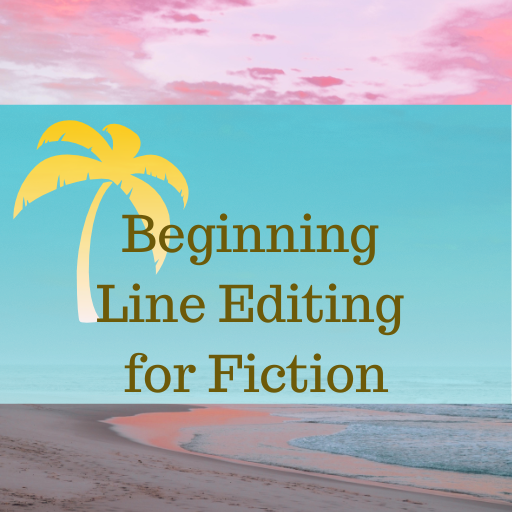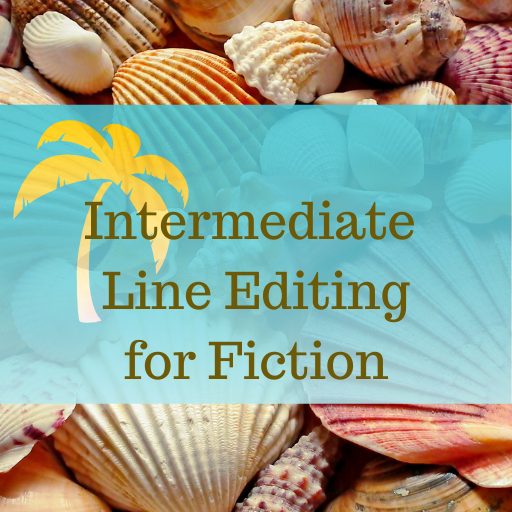Line editing from a character’s viewpoint
What is line editing from a character’s viewpoint?
A line editor has to learn to look at what is happening in a scene from the viewpoint character’s perspective in order to catch errors in how the story is conveyed.
Here’s an example. Lois, the narrator (“I”), is hiding in a bathroom at an urgent care clinic as they close up for the night:
The receptionist turned off most of the lights in the waiting area and twisted the blinds shut, then stood jangling her keys as the nurses and assistants gathered their belongings from closets and corners and said their goodbyes. The doctor patted one of them on the shoulder and commiserated about some incident from earlier in the day. I smiled a little as I listened from behind the bathroom door. It had been a long time since I’d had a coworker. A long time since I’d had a friend.
The receptionist went out on the heels of the last uniformed nurse, pulling the door shut firmly and locking it, giving the handle a good shake as she said something over her shoulder to the nurse. Both of them laughed. I watched them walk around the corner to where the staff parking was.
When it was safe, I inched open the bathroom door and slipped out of the bathroom. The waiting area was dark but I had my flashlight with me.

So what is the value in line editing from a character’s viewpoint?
While you might have some thoughts about “do we need all these details about everyone leaving the urgent care clinic?” the main problem is that if the narrator is hiding in the bathroom, how can she see what the receptionist is doing? Even if she’s peeking through a slightly ajar door (and can see the nurse lock up), how is she seeing the receptionist and nurse walk around the corner to the staff parking? The next sentence shows that Lois is still in the bathroom!
This is what we might call a “blocking” mistake—that is, a problem with what characters can realistically see and do given the specific constraints of a setting. As a line editor, you have to imagine yourself in the scene, experiencing what the viewpoint character is experiencing and catching impossible or implausible events.
Other Helpful Content
-
How to Create Defensible Edits
As a developmental editor, you need to know how to create defensible edits of a manuscript to help authors put out their best work. Tips for How to Create Defensible Edits When you’re doing a developmental edit—looking at the big-picture overview of a novel—you’ll generally be expected to provide two main services: The editing on…
-
When Is a Book Ready for Editing?
Both authors and editors have the same question at some point in the book writing / publishing process: When is a book ready for editing? So When IS a Book Ready for Editing? The creative process is not timely and linear, which is why, as an editor, I don’t book edits before an author’s manuscript…
-
Effective Client Communication for Book Editors
Managing client expectations is necessary for a successful business so here are my tips for effective client communication for book editors. My Top Tip for Effective Client Communication for Book Editors One way to avoid an unhappy client is to communicate all relevant information from the very beginning of your relationship with them. Clearly stated…
Join the Club!
New to story editing? Begin at the beginning.


